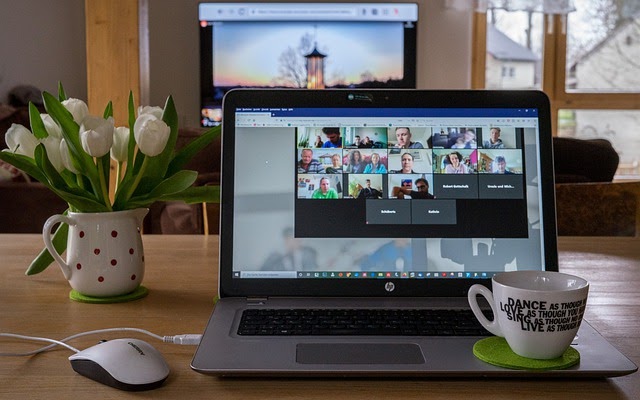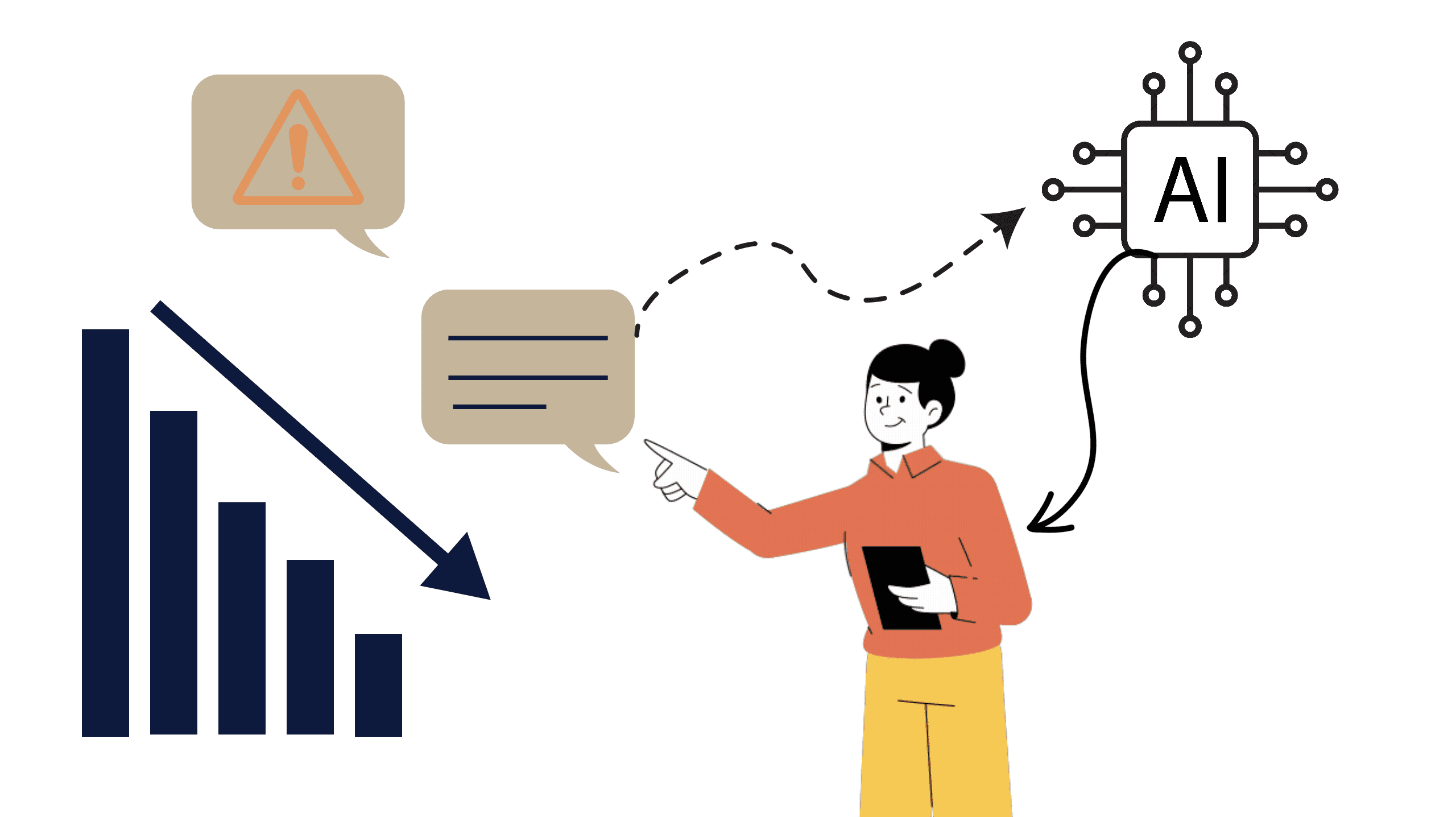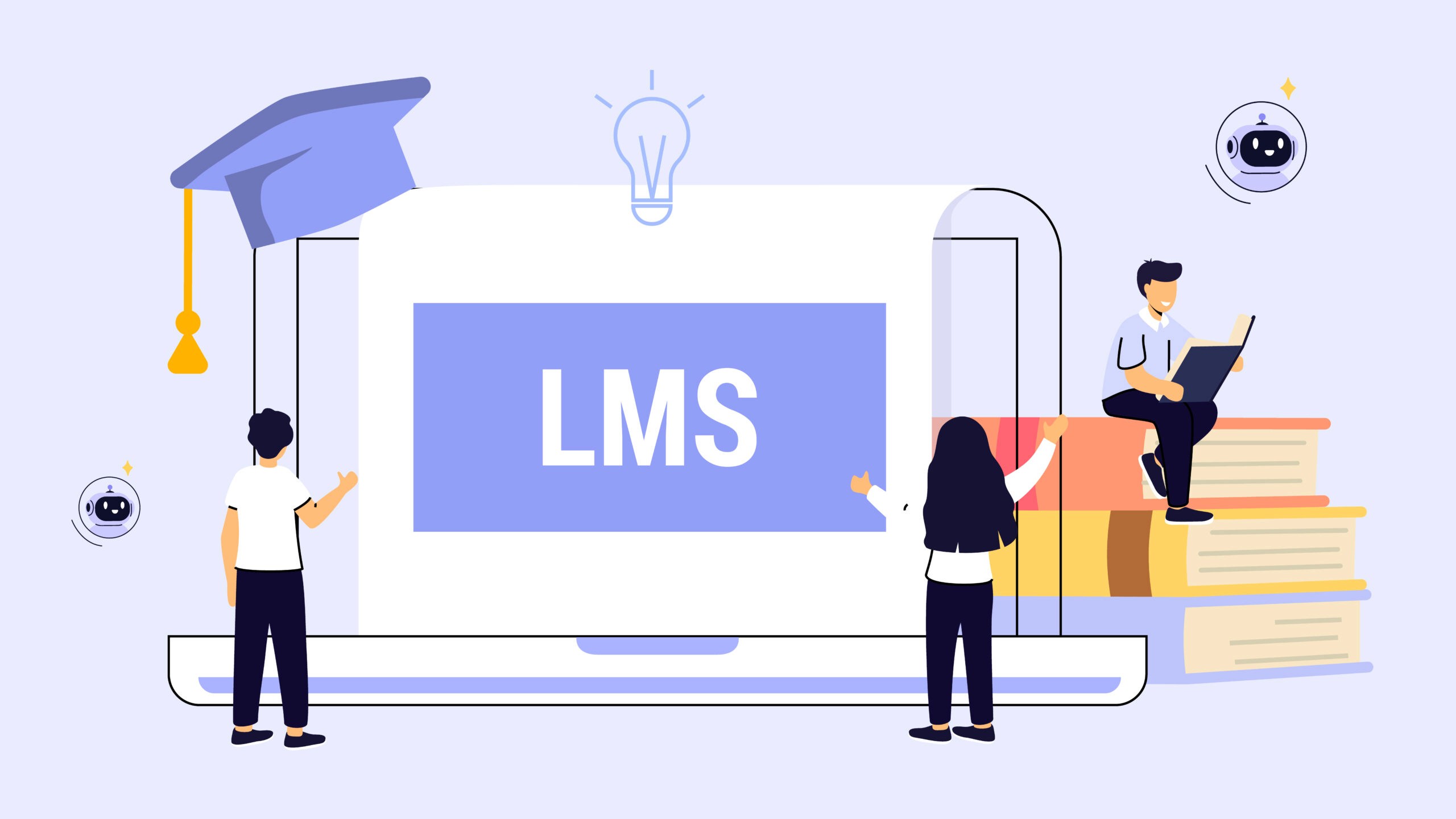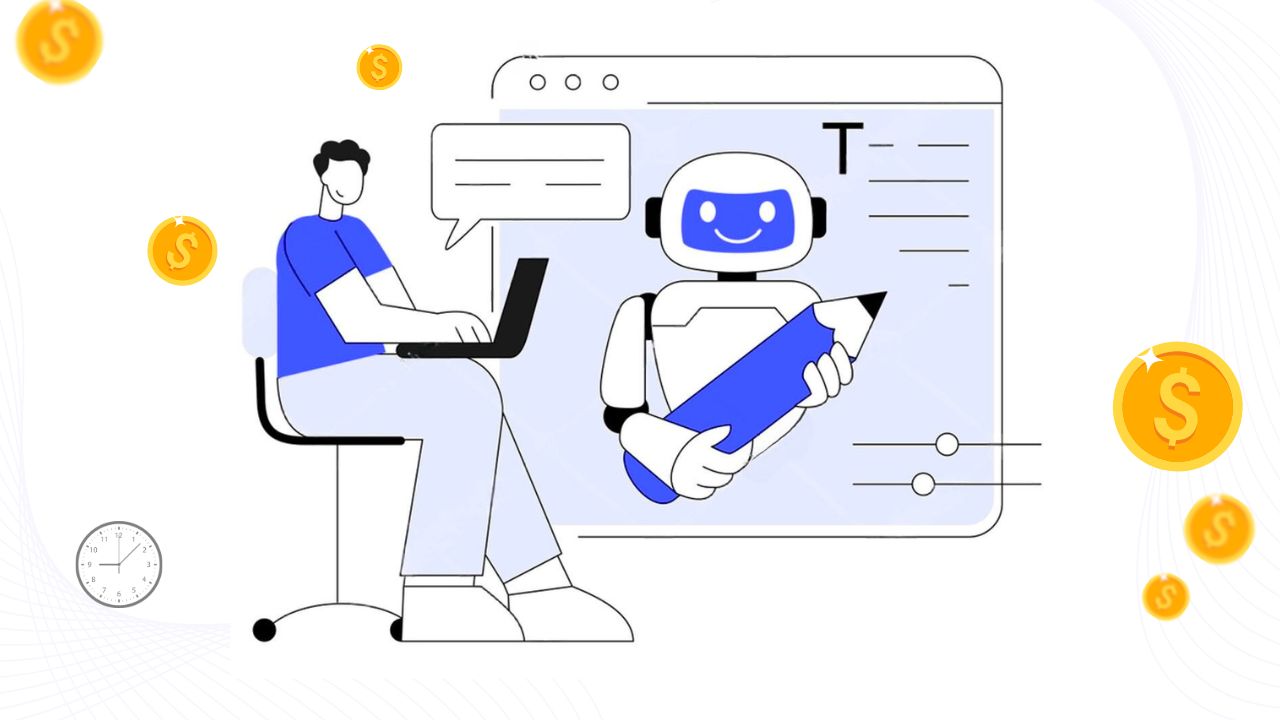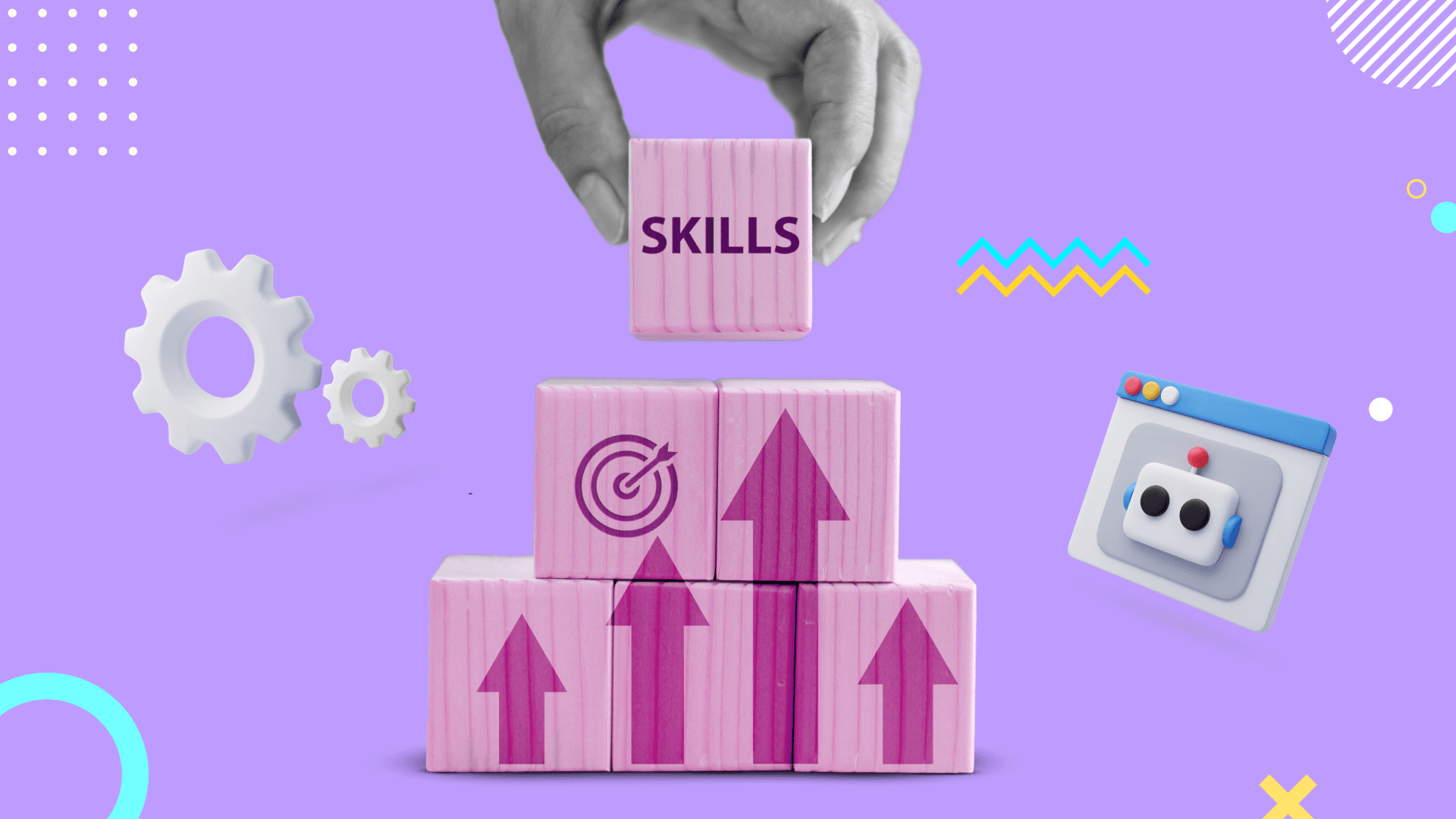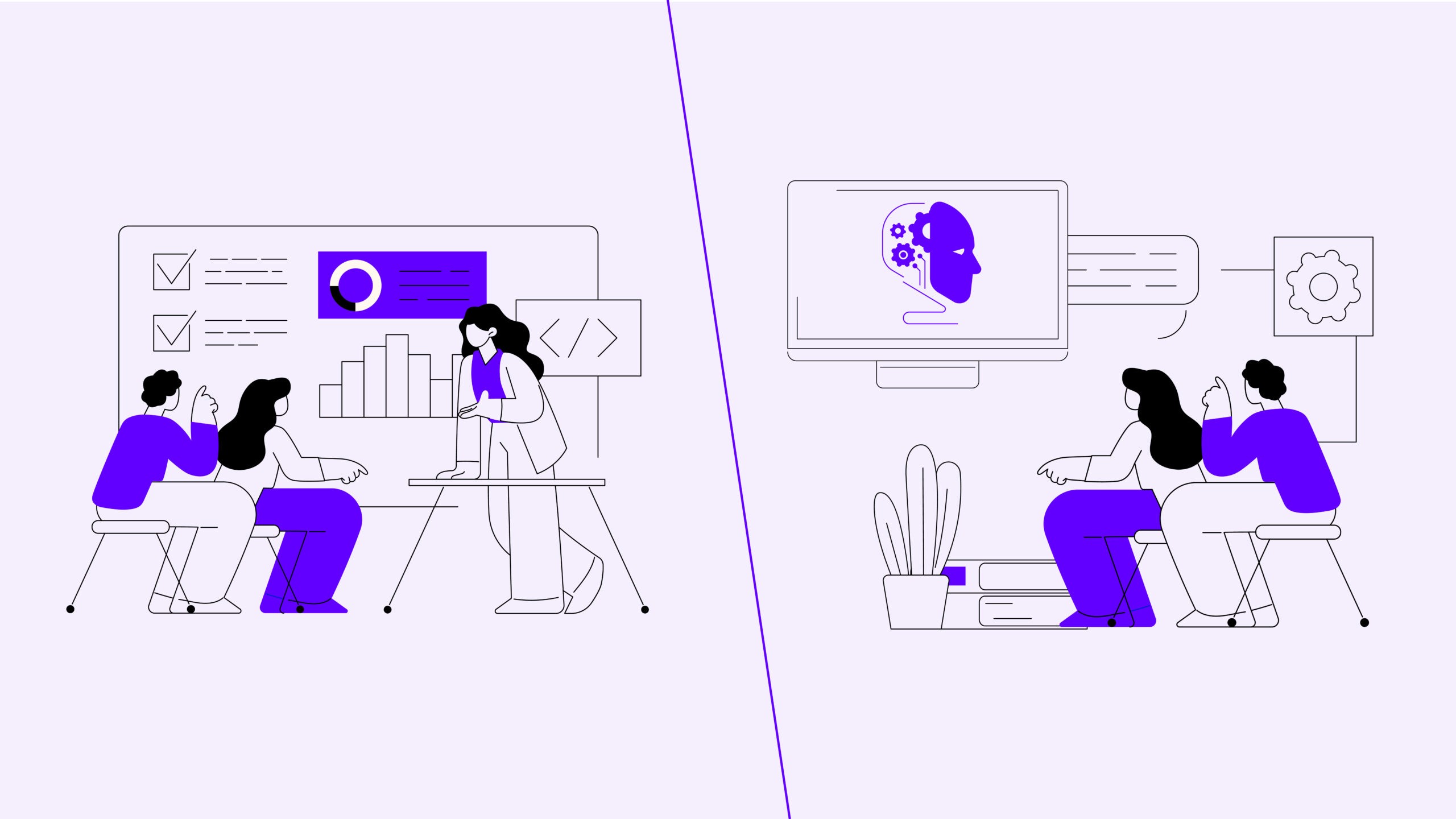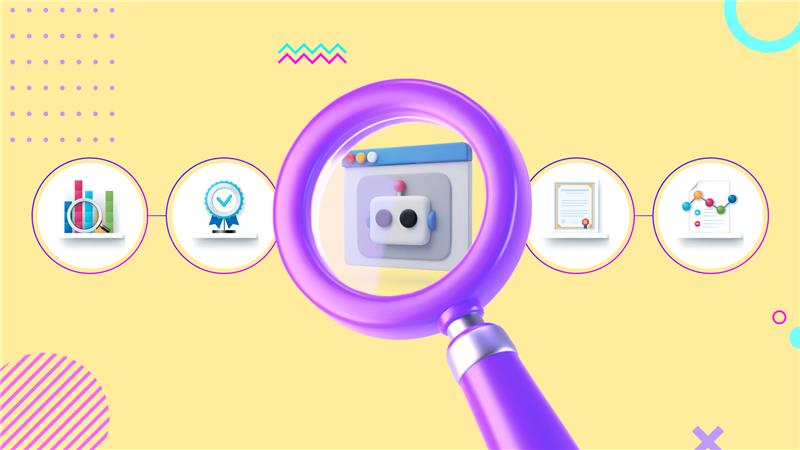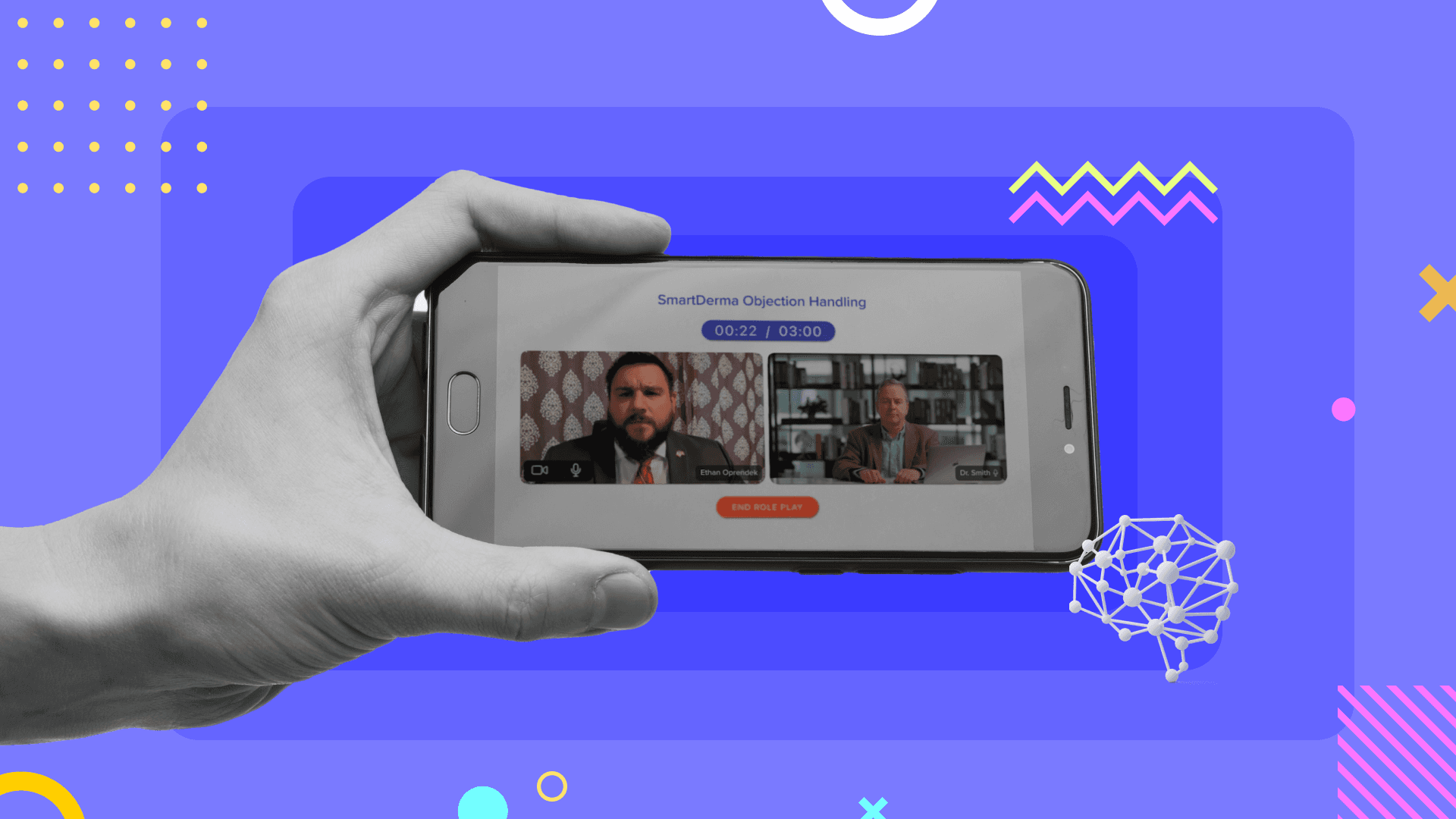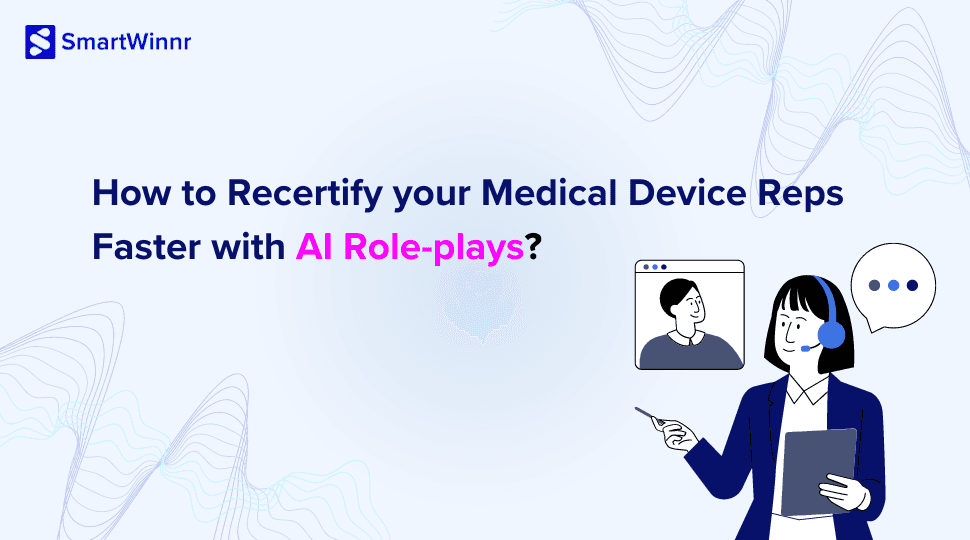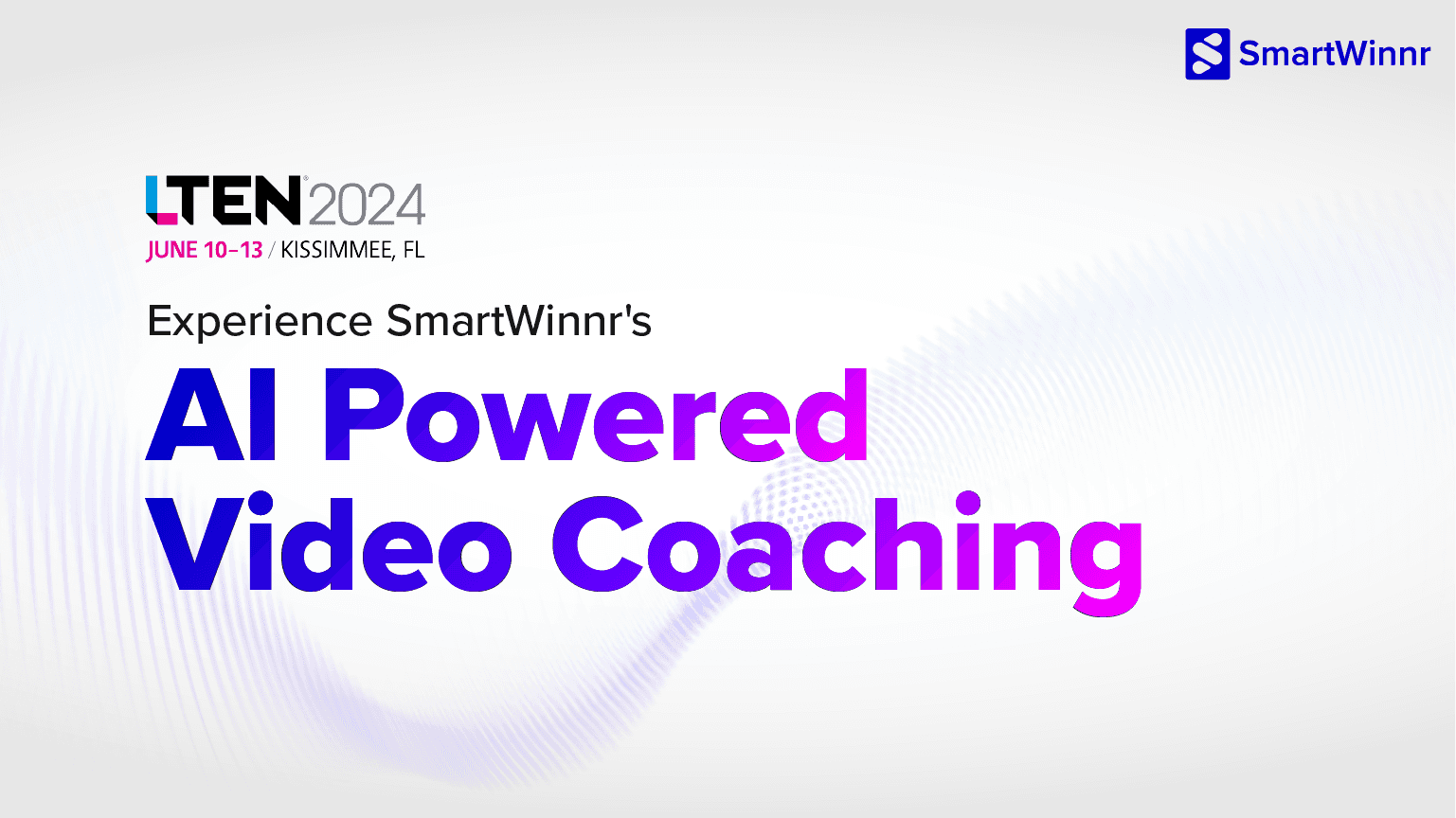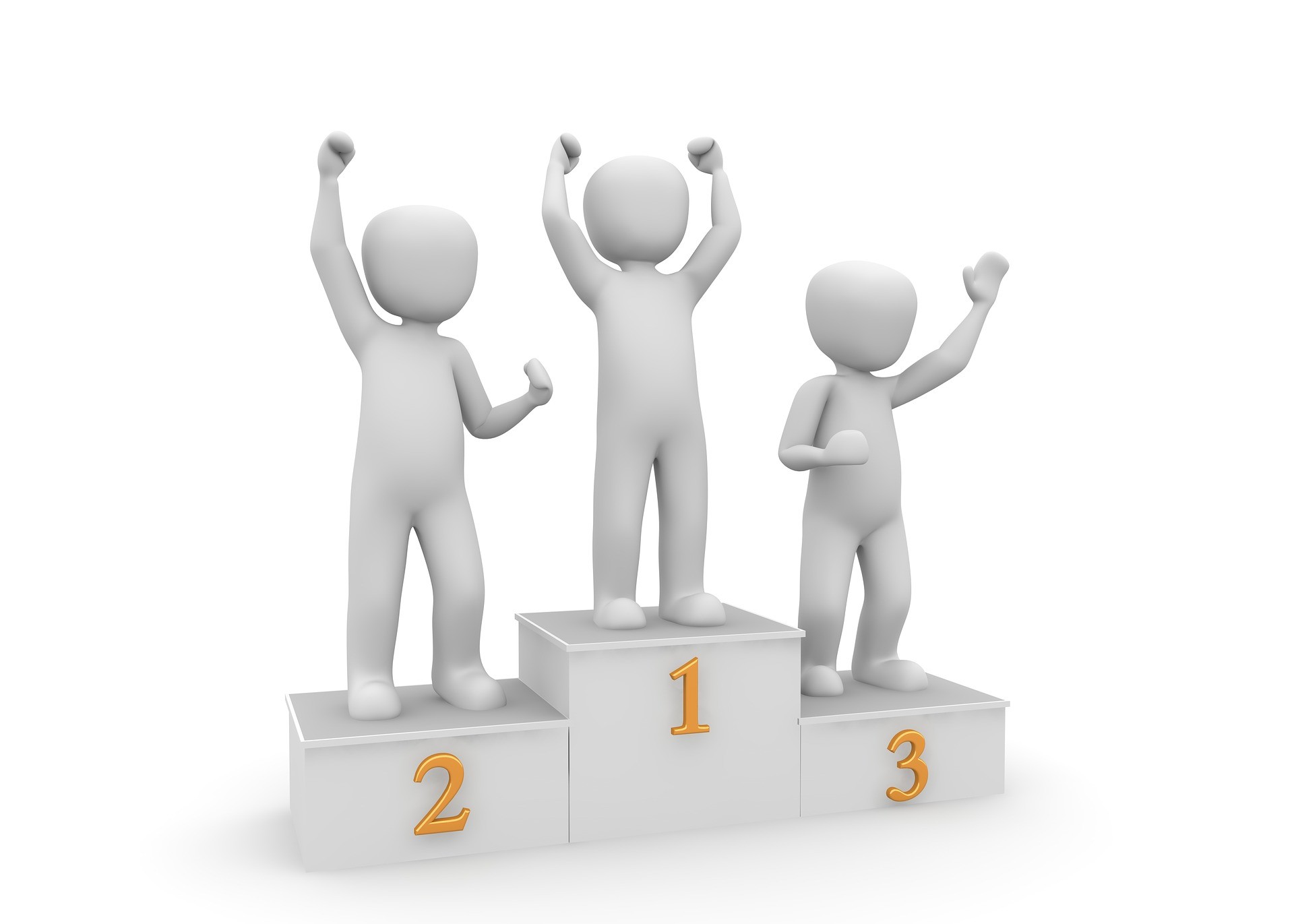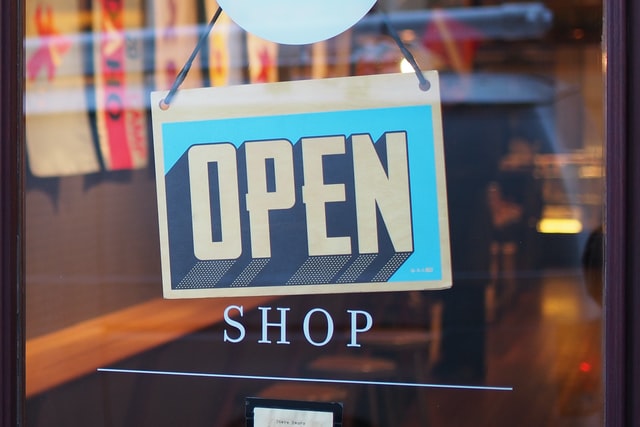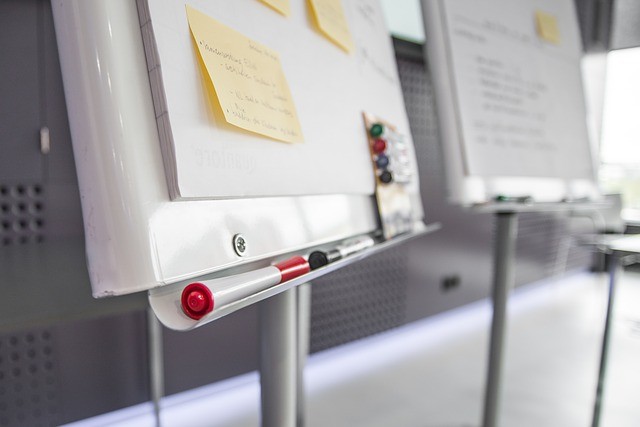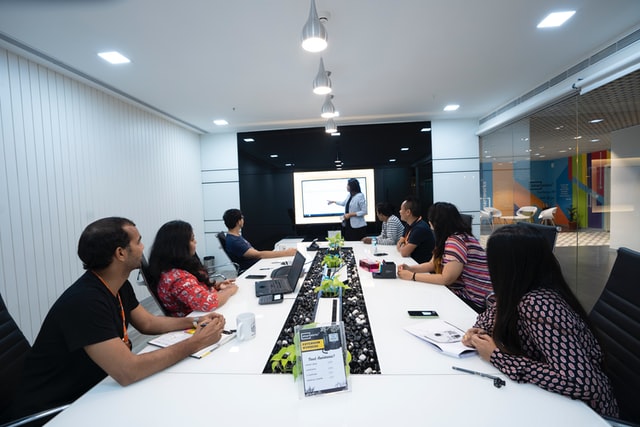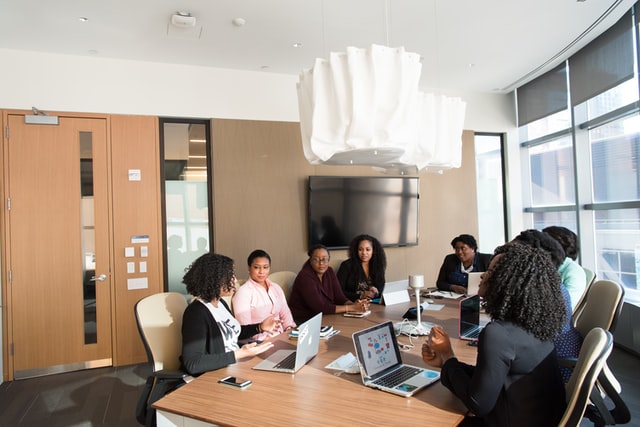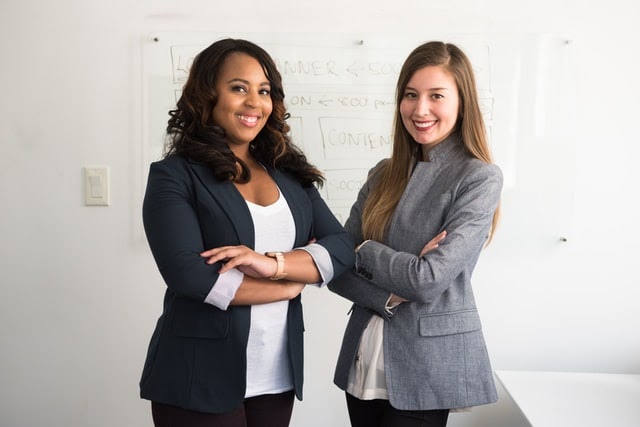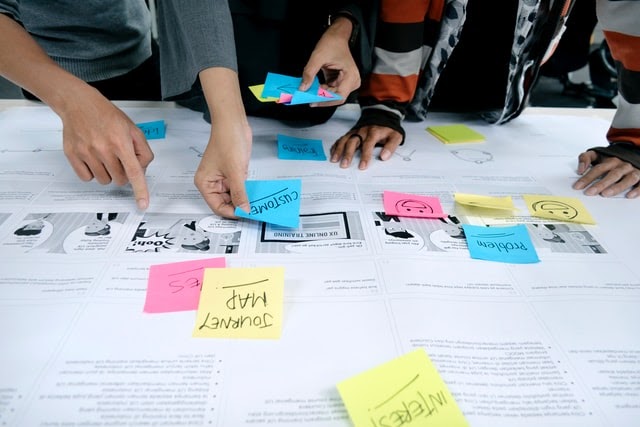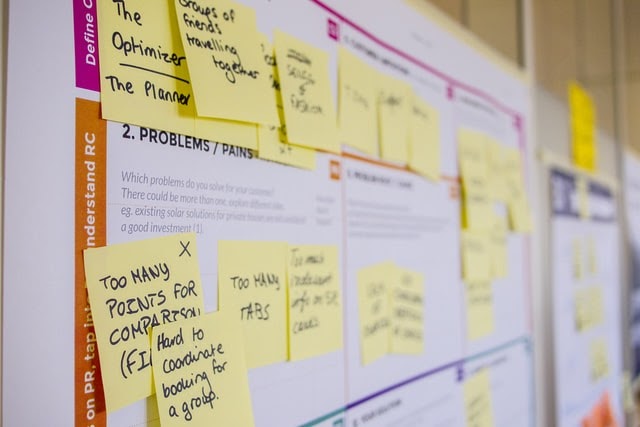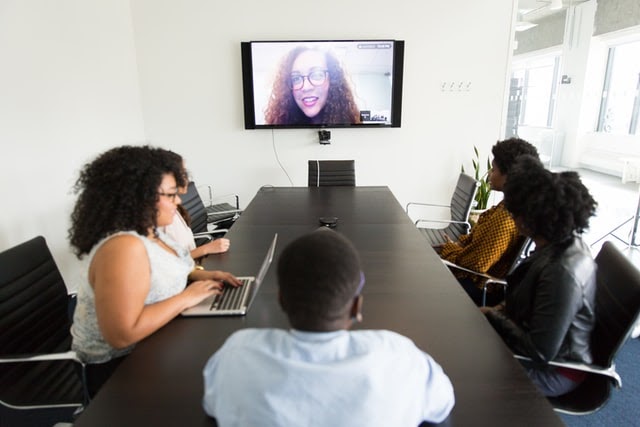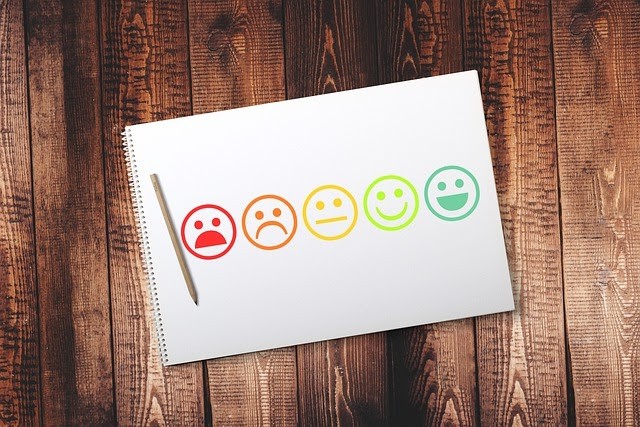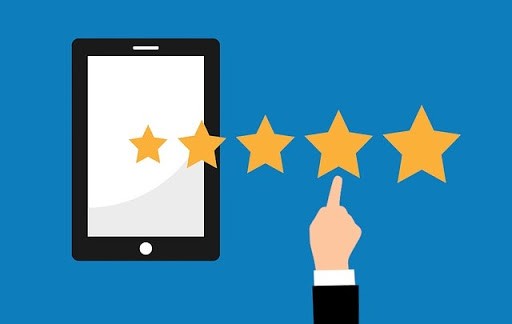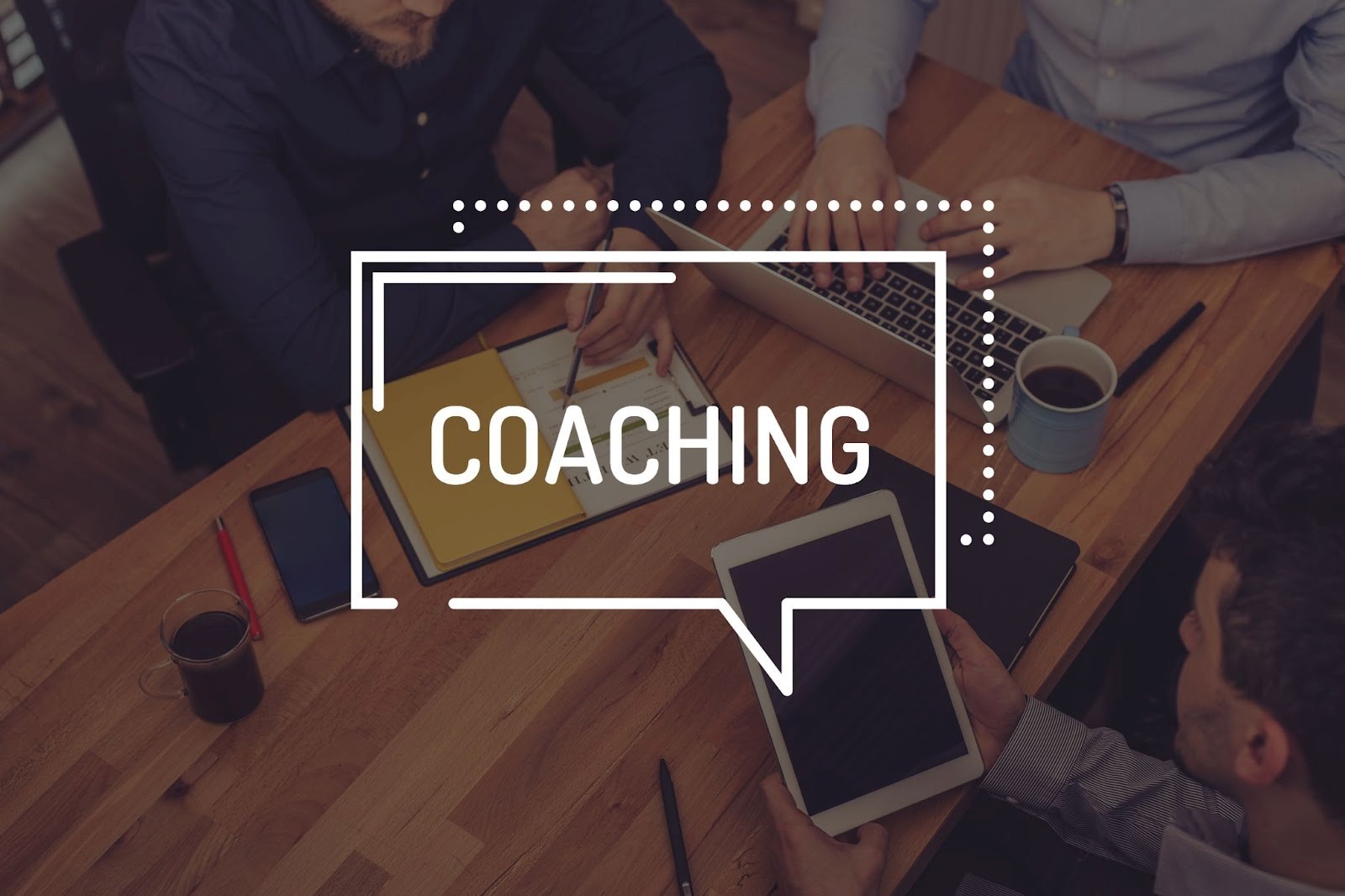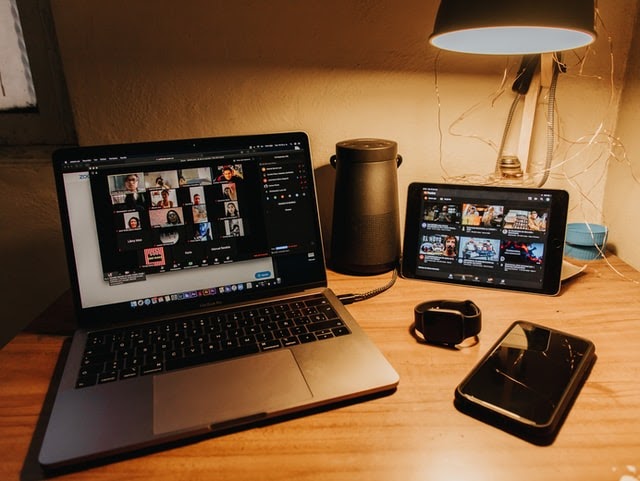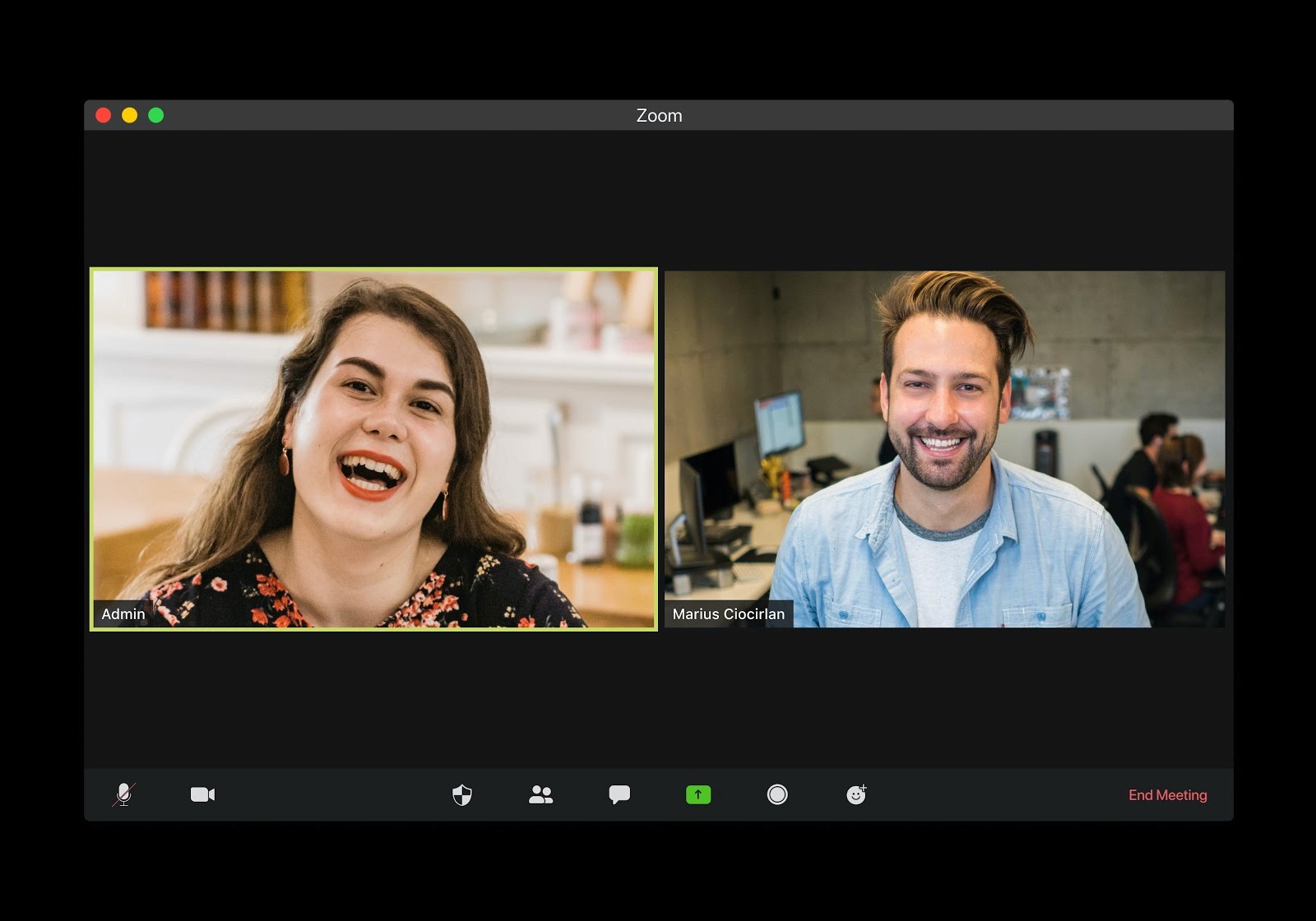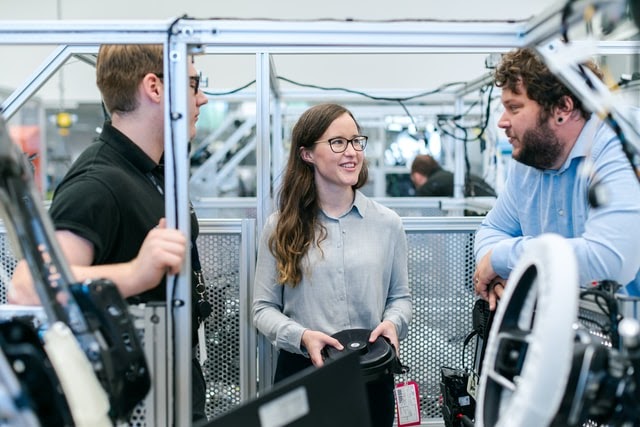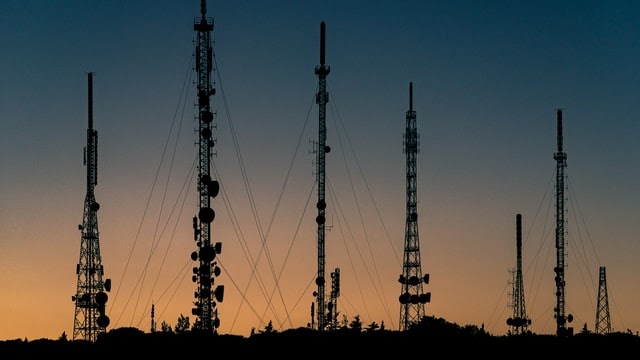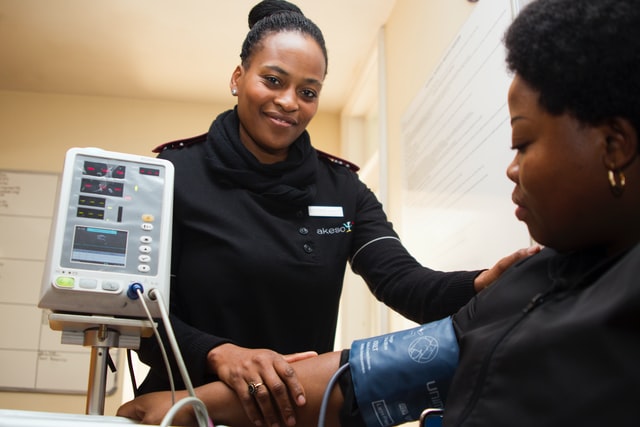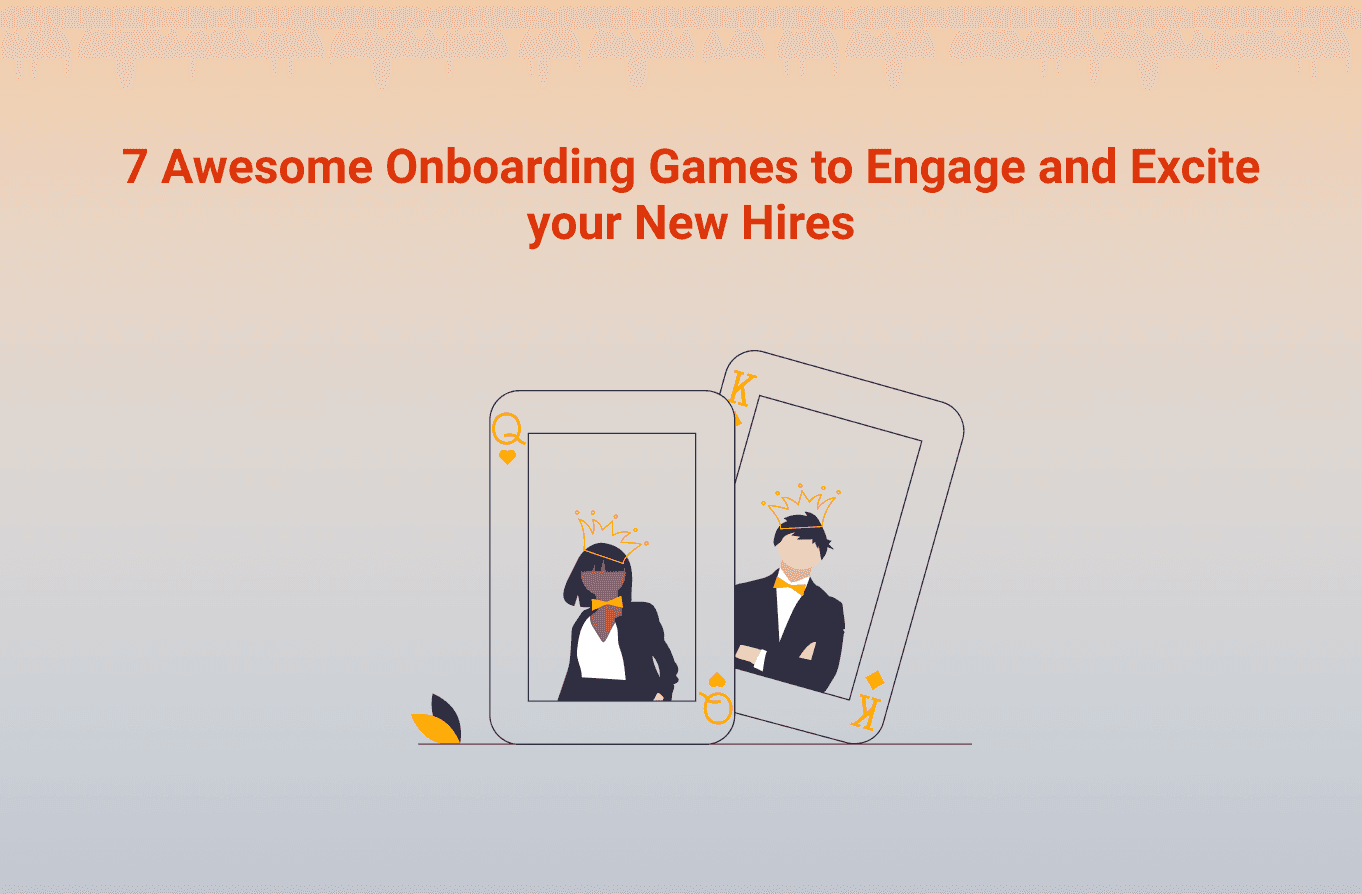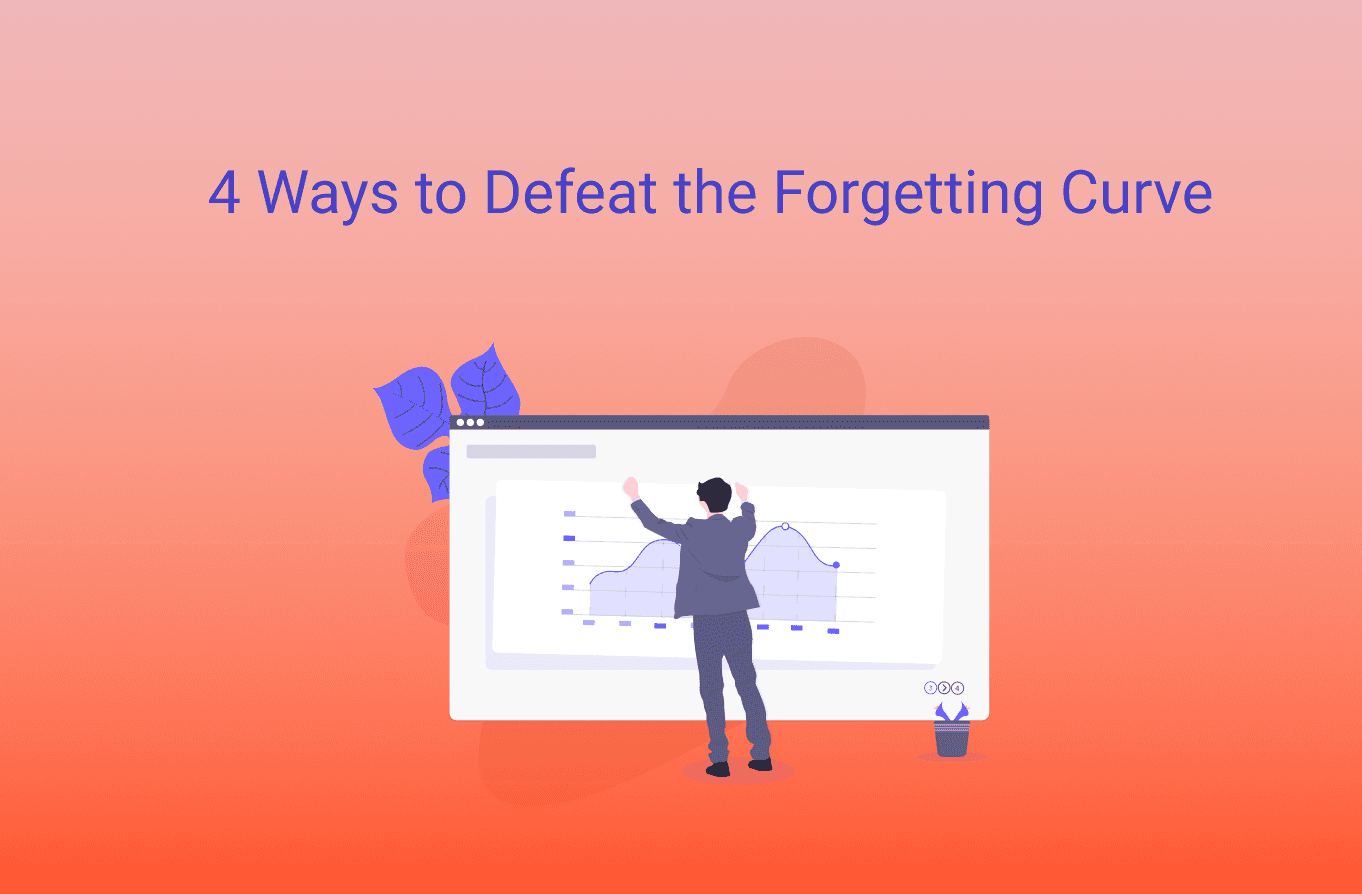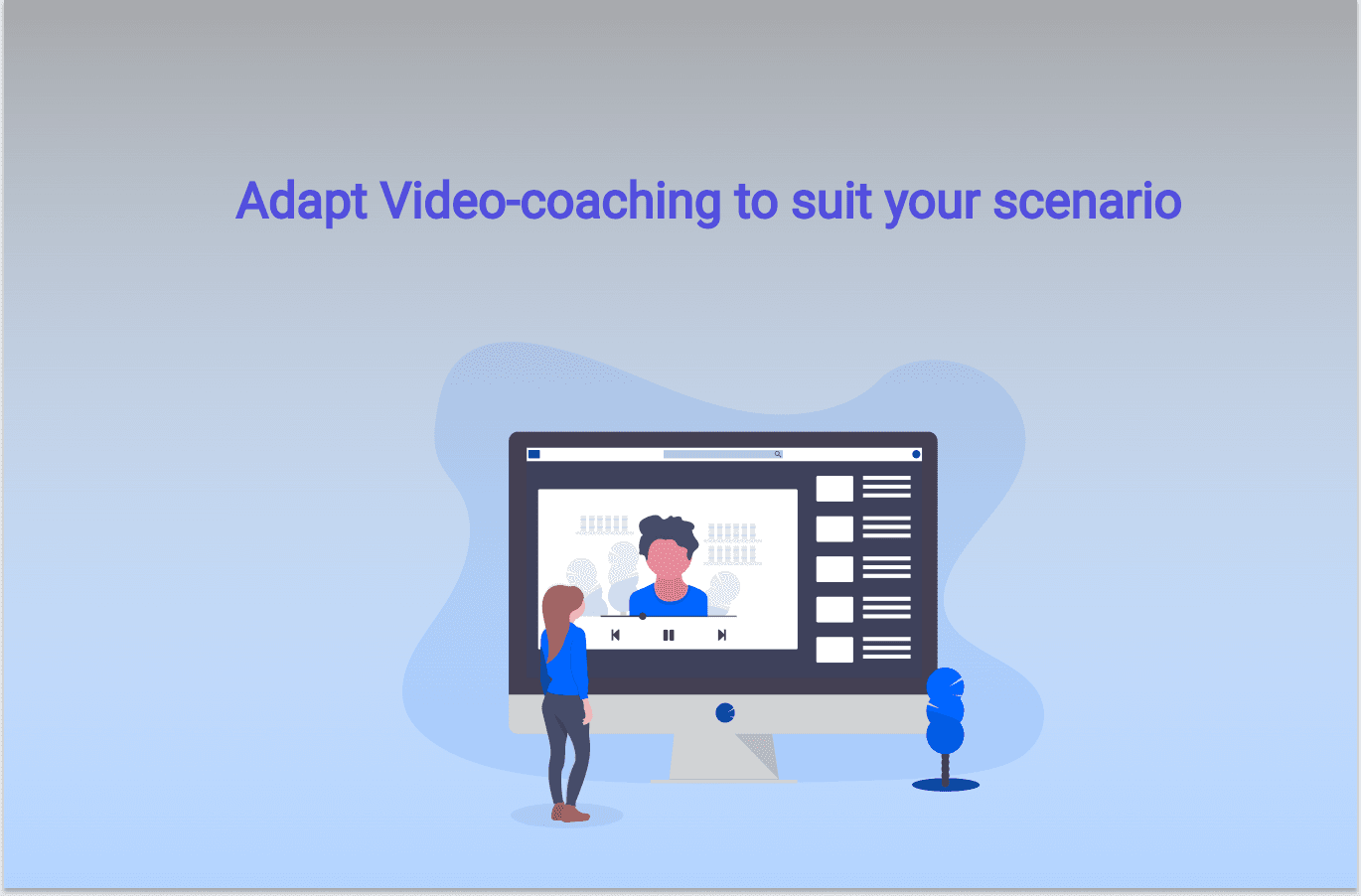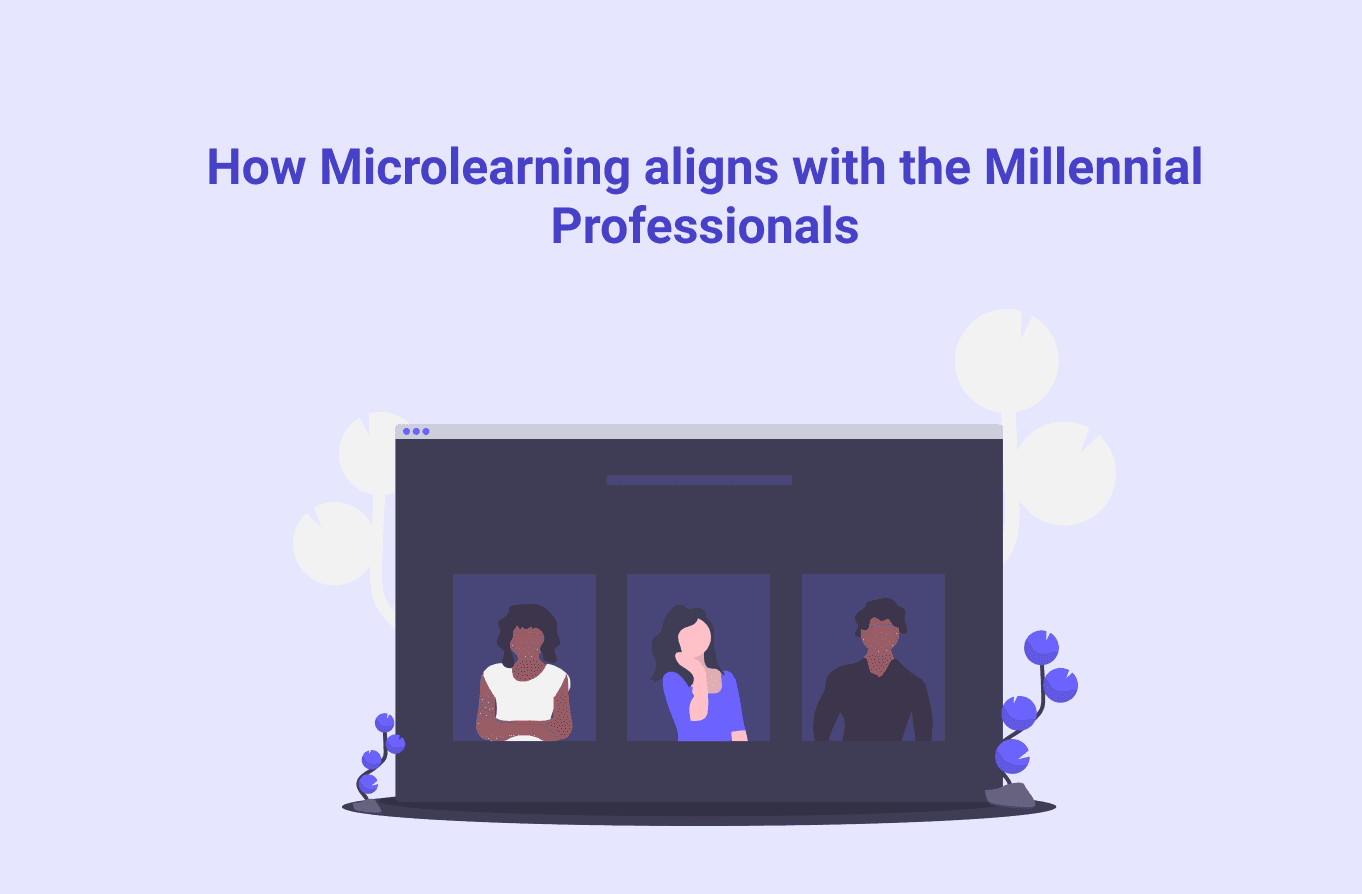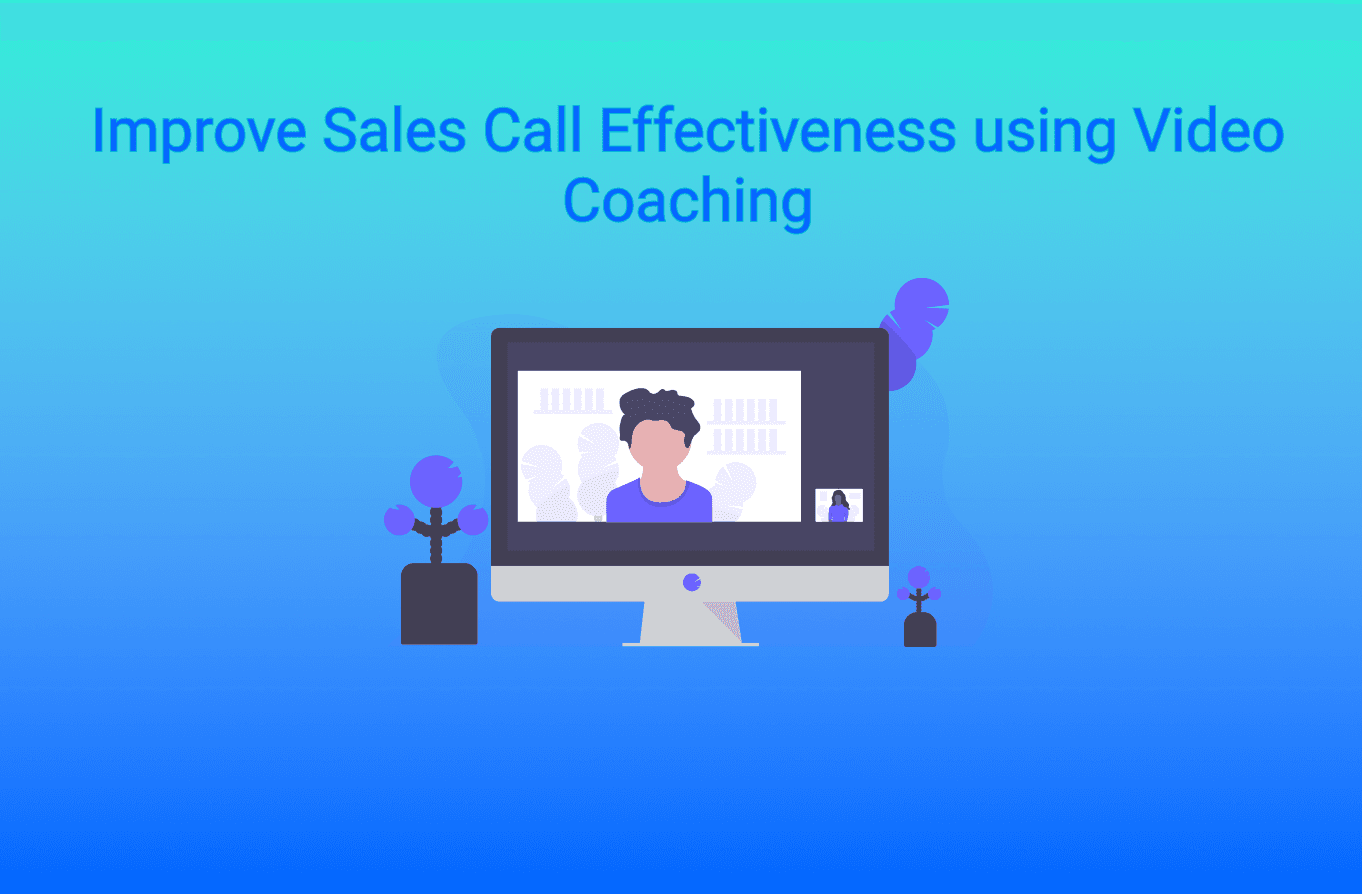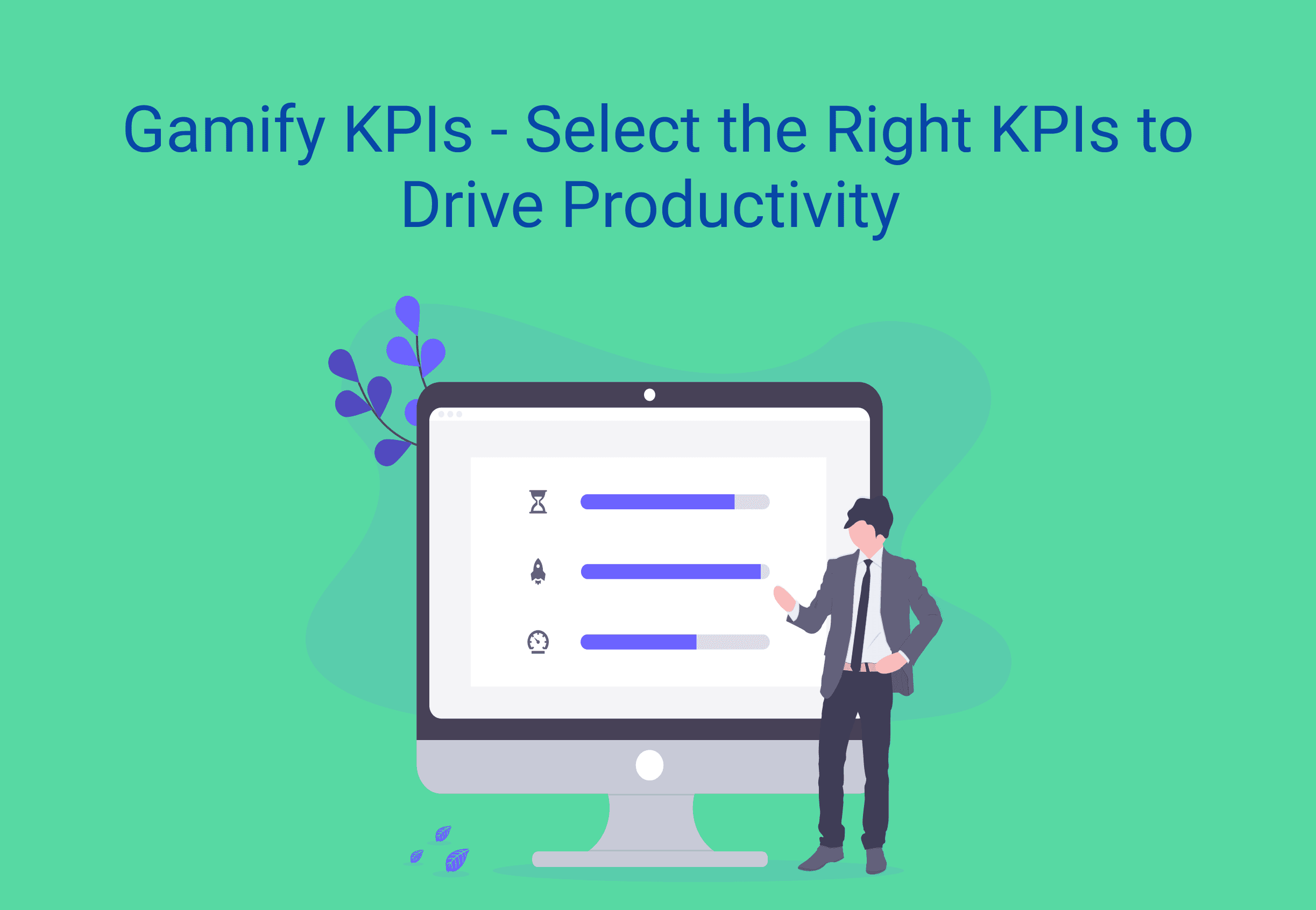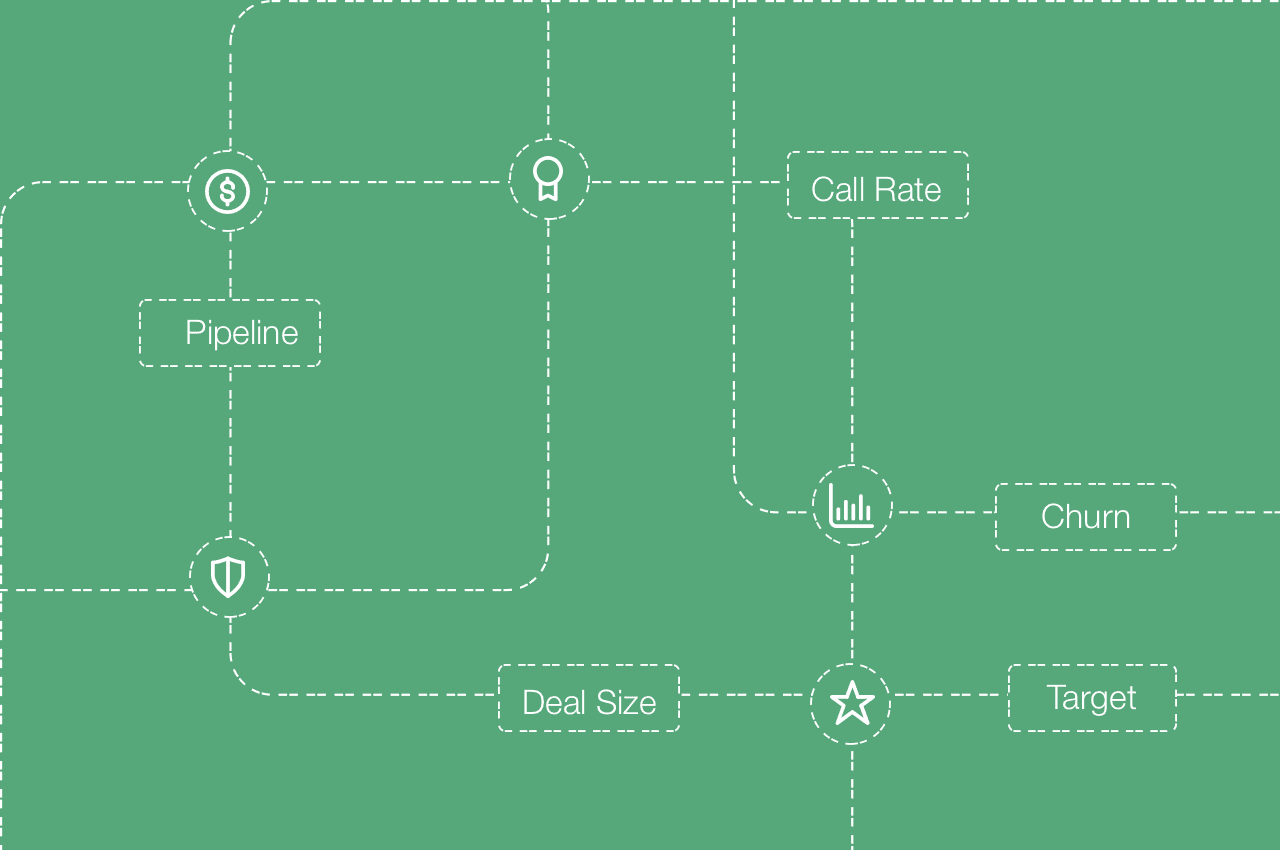There was a time when virtual sales kick-off events were just beginning to find feet in the corporate events. Many organizations were slowly adopting this new trend. They were augmenting their in-person kick-offs with an online version to provide a broader reach and experience.
But, 2020 has changed this landscape completely. With the onset of the pandemic, in-person meetings and events are slated to be virtual-only. While the knee-jerk reaction to this is to assume that it is a bad thing, the reality is that the digital SKO is an improvement over the in-person one.
In this blog, we are going to consider several factors and see a contract of the in-person SKO and virtual SKO in those parameters. Then, we shall decide which one is the winning SKO model.
In-person vs Virtual
1. Cost of SKO
Cost is an important factor to consider while planning your sales kick-off event. Here is how the cost of the event is going to vary between a virtual and an in-person event In-person: For an in-person SKO you will have to bear the following costs:
Travel cost of the attendees
Accommodation cost of the attendees
Cost of the venue where you hold the event
Cost of setting up booths in the event
Cost of providing food to the attendees during and after the event
Virtual: To conduct a virtual sales kick-off, there is only one thing that you need to invest in. A perfect tech stack which includes:
A video conferencing tool like Zoom or Microsoft Teams. They help you to conduct instructor-led training sessions. Also, they facilitate breakout rooms for the participants where they can collaborate and communicate during their breaks with
Their peers
Subject matter experts
Trainers
Executives of the company
A platform that supports sales learning and performance like SmartWinnr. It allows you to:
Conduct surveys and polls during the training session
Send knowledge reinforcements to the participants after each SKO session
Conduct quiz tests and virtual sales coaching for the participants, after the SKO event, to improve their knowledge and skills
Set and track various KPIs to see if the reps are able to properly apply their training in their job
The Winning SKO: In the cost parameter, we can say that the virtual SKO is the winner as it is pocket friendly. It produces effective results with very less investment.
2.Schedule and Timing of SKO
The schedule of the event and timings also change between an in-person SKO and a virtual SKO. Here’s how:
In-person: Usually an in-person SKO is conducted for 2-3 consecutive days. Each day, the event is held for 8-9 hours
Virtual: In a virtual setting, it is not ideal to hold the event continuously for hours together. Because, if your participants stare at a screen continuously for a few hours, it would make them exhausted and disengaged. So, conduct your virtual SKO in phases. Divide your event into 3 phases and spread it out over a period of time. Here’s how:
Phase-1: Pre-event (1 week before the SKO): In this phase, you need to prepare your audience for the main SKO event.
Make a grand announcement about the event by sending an email campaign to everyone participating in the event
Survey the audience and understand their learning needs
Send pre-study materials to equip them with the foundational knowledge
Send recorded instructional videos on setting up and using various tech tools that they need for the event. Also, provide them the option to contact the system admin in case they are stuck with the setup or have queries about using a tech tool
Send a detailed schedule of the event to everyone
Phase-2: The main event (3 weeks, 2 sessions per week): Divide your main SKO event into various sessions and conduct them over a period of 3 weeks. Limit each session to not more than 90-minutes and conduct 2 sessions per week. Each session should cover not more than one or two topics. This helps to avoid overwhelming the audience.
For example,
In one session, you can have a presenter present a topic
In another session, you can have a keynote speaker deliver his speech
Then you can get one of your executives to deliver the annual sales and marketing review in the next session and so on
Pro-tip: It would be a good idea to end each session with a game or fun activity. This excites and energizes the audience. And, they will look forward to attending the sessions
This allows some time for the participants to
Learn a concept
Research further on it by themselves
Try to implement it in their job
And then come back in the next session to build upon that
- Post-Event (1 or 2 months after the event): Once the event is done, make sure that your reps keep in touch with whatever they have learned in the SKO. You can do that by - Sending them regular knowledge reinforcements - Conducting quiz tests regularly - And, conducting virtual sales coaching regularly
The Winning SKO: The winner in this category as well is the virtual SKO. Because
It gives time to the audience between the sessions to practice and perfect what they have learned in each session
Doesn’t overwhelm them with too many takeaways at the same time. Lets them build one skill after another
It avoids taking up the selling time of the reps. In an in-person event, reps stay away from selling while they are traveling and attending the event. But in virtual, they can just spend a couple of hours in a day attending the event and then resume their selling
It doesn’t exhaust the audience. It saves their time and energy. Since they don’t have to travel, they won’t be jet-lagged. And, the sessions are also short and crisp. The audience gets to consume learning from the comfort of their homes. This enables them to concentrate and learn better in the sessions.
3. Training and Content
This is another important factor to consider when talking about SKOs. Let’s see how training changes between in-person and virtual SKO
In-person: In an in-person SKO, the training is time-bound. People are required to attend the sessions at a particular time that is set. And usually, there is no way for them to refer back to these sessions later on.
Virtual: In a virtual SKO, attendees have the option of consuming training synchronously or asynchronously (as they prefer). Meaning, people can obviously attend the live sessions but if someone is unable to do so they also have the option to watch those sessions at a later date. You can provide this flexibility by recording the sessions and making them available to the audience in the content library.
Pro-tip: To effectively reinforce knowledge, you can clip crucial portions of the recorded sessions and send those short video clips as as knowledge reinforcements (microlearning feeds) to the participants after the event
The Winning SKO: Again, the winning SKO is virtual SKO as it facilitates flexibility to the participants and enables them to consume training whenever they want.
4. Networking
In-person: In an in-person SKO, people get to network with each other during their coffee and lunch breaks. They also get to visit various booths that are set up at the event which showcase various products and company’s initiatives. They get to discuss with the people in those booths. Also, people utilize their break time to connect with subject matter experts, top executives of the company, the keynote speakers and special guests.
Virtual: In a virtual SKO, although there is a lack of face-to-face interaction, you can still facilitate networking amongst the audience by, Providing break-out rooms for them where they can talk during their breaks with
Their peers
Subject matter experts
Keynote speakers
Guest speakers
Company’s Executives
Providing virtual booths that allow audiences to explore various initiatives that your company is doing and discuss with the people involved in those initiatives.
The Winning SKO: In this case, it’s difficult to choose one. While virtual events offer almost everything that an in-person event offers, some people miss the human connection that they get to experience in an in-person event. On the other hand, virtual is viewed as a convenient way to network by people who are introverts. Because in a virtual event they don’t have to approach a person directly. Rather they can just drop a message to talk to anyone.
5. Technology
In-person: In-person event doesn’t require too much technology investment. Also, you don’t have to spend training your people on using various technology platforms. The only platform you might need is a mobile app from which the participants can take surveys and polls in between the event.
Virtual: Since the virtual kickoff runs entirely on technology, you need to invest in various tech platforms. You also need to train all your participants, trainers, speakers, and guests participating in the event, on using the technologies.
You need to ensure that they know
How to set up various technology tools
How to use them
And, when to use them
The Winning SKO: We can say that the in-person SKO is the winner here as it’s a money-saver and time-saver. It doesn’t require too much technology investment. It doesn’t consume time to do technology training. But, with virtual SKO, your reps get to learn to use various new technologies which they have never used before. This facilitates a sort of upskilling for them.
6. Engagement
Ensuring audience engagement is utmost crucial in an SKO event
In-person: You can drive engagement in an in-person event by conducting
Fun activities
Games
Team collaboration activities like a treasure hunt
Gamified polls and surveys in between the sessions to encourage participation and engage the audience
You can present instant, exciting gifts to the winners of these activities. This helps in effectively engaging the audience.
Virtual: In a virtual setting as well you can conduct a lot of fun activities and games that are suitable for the virtual environment. You can give virtual points or vouchers to the audience which they can redeem/ use at various outlets in their city to buy whatever they want
The Winning SKO: In the case of audience engagement, both virtual and in-person events are equally effective.
7. Measuring ROI of SKO
In-person: In an in-person event, you can only measure the success of your event after the event comes to an end. You will able to measure the effectiveness of your event by measuring your audience’s performance in learning activities and sales activities after the event. Virtual: In a virtual event, you can measure the effectiveness of your event at every step. Since you are going to hold the event in installments– two sessions per week– you will get some time in between sessions to test your reps and see:
How well they have understood various concepts?
How much knowledge have they retained?
And are they able to apply it practically in their job?
The Winning SKO: The winner is virtual SKO. Because getting to measure the effectiveness of your event at every step is highly advantageous. This allows you to quickly identify any shortcomings and take appropriate actions to fix them.
The Ultimate Winner
With our experience of helping out a lot of organizations to conduct their sales kickoffs virtually, we can say that virtual SKO is the ultimate winner. It produces very extraordinary results with very less investment. While it might be intimidating to go digital the first time, trust me on this, your efforts are going to be totally worth it!
Looking for a guide to create and implement a perfect Sales Kick-off event?
In-person SKO: Guide to Plan and Execute a Perfect Sales Kickoff Event
Virtual SKO: How to Create and Implement a Perfect Virtual Sales Kick-off?
Looking for some fun and exciting virtual kickoff sales contest ideas? Get good contest ideas from this blog below:
Fun and Exciting Virtual Sales Kickoff Contest Ideas
Learn what sales experts have to say about where sales is headed in 2021?
6 Trends that Sales Experts are predicting for 2021
Learn how sales enablement can help drive your revenue growth in 2021
How Sales Enablement can drive revenue growth in 2021?
A combination of strategy and tactics make a great sales plan. Want to know how?
Click here to learn about it
Related Posts
Looking for a sales training software that takes your sales training to a whole new level?
Explore SmartWinnr’s Learning and Gamification features. Learn how to run fun and engaging sales training and sales coaching for your team through SmartWinnr.
Curious to learn more about it? Book a demo today!

